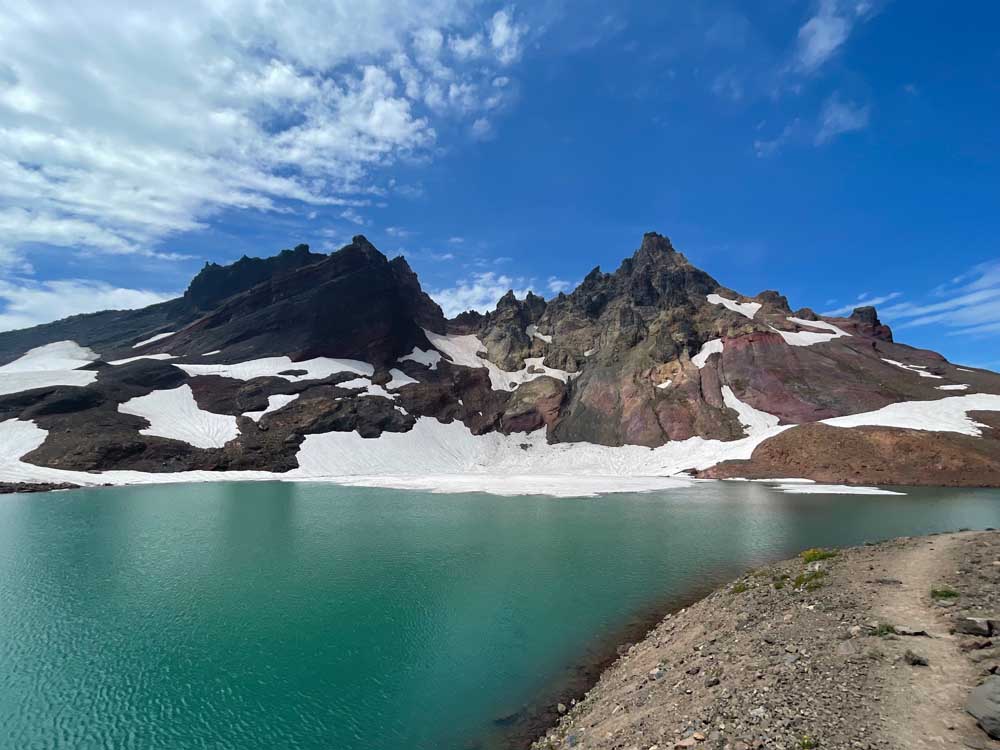Napa’s Ultimate Chardonnay
Published 9:29 am Monday, January 30, 2017
As winemakers go, Miljenko “Mike” Grgich is one of the best.
A native of Croatia, Grgich — who will turn 94 in April — knew his life’s direction from the time he attended the University of Zagreb, where he studied viticulture and oenology. He took a fellowship in postwar Germany, emigrated to Canada, then found his way to California’s Napa Valley at the age of 31 with $32 hidden in his shoe.
Trending
The modern California wine industry was in its infancy in 1958. But with his Old World knowledge, Grgich (pronounced “GUR-gitch”) proved a valuable asset to the winemaking teams at such pioneer companies as Souverain, Christian Brothers, Beaulieu and Robert Mondavi. He helped to develop cold sterilization, malolactic fermentation and oak-barrel aging, now regarded as hallmarks of California winemaking. While with Mondavi, he coined the term “fumé blanc” to describe his drier style of sauvignon blanc.
The wine world is still feeling the aftershocks of the famed “Judgment of Paris” wine competition in 1976, won by the 1973 chardonnay from Napa’s Chateau Montelena. The blind tasting that matched California wines against much more highly regarded French chardonnays and white burgundies earned international respect for American vintages.
Chateau Montelena’s winemaker was Mike Grgich, and although the 2008 movie “Bottle Shock” failed to give him credit — he didn’t sign off on the script, citing numerous inaccuracies — he is acclaimed by those in his industry.
It had always been Grgich’s goal to own his own winery. In 1977, he got the financial backing he needed from Austin Hills of the Hills Brothers Coffee family. And after four decades, assisted by his daughter, Violet Grgich, and nephew, Ivo Jeramaz, he continues to produce remarkable wines.
Estate grown
Grgich Hills wines are all estate grown. They come from five separate certified-organic vineyards, 366 acres in all, that stretch from Carneros, at the lower end of the Napa Valley near San Pablo Bay, to the foothills of Mount St. Helena north of Calistoga. No artificial fertilizers, pesticides or herbicides are applied.
Trending
Chardonnay and sauvignon blanc come mainly from Carneros and American Canyon, which together make up two-thirds of Grgich Hills’ production. Cabernet sauvignon is grown in Yountville, Rutherford and the upper end of the valley. Merlot, cabernet franc, petit verdot and petite sirah grapes are also grown.
And Grgich has a particular fondness for zinfandel, a varietal he knew from his youth on the Dalmatian coast as “plavac mali.” In 2000, at the winemaker’s behest, a University of California, Davis, professor proved through DNA testing that California zinfandel and Italian primitivo were clones of the Croatian grape.
Grgich grows his zinfandel grapes on his 34-acre Eron Ranch property above Calistoga, where a northeast exposure captures morning sun but the hillside provides shade from afternoon heat. “Miljenko’s Old Vines” are sourced from 1890s root stock and aged in large French oak casks.
The 2012 vintage, I discovered, has a big, jammy nose and flavors of ripe blackberries and ripe cherries, making it a good match for barbecued meats and hearty pastas. It has a relatively high alcohol content at 15.5 percent.
Grgich Hills produces 65,000 cases of wine a year, nearly half of which is chardonnay and another quarter cabernet sauvignon. Its tannic merlot, sourced from four different vineyards, is a favorite of cabernet lovers, and its late-harvest dessert wine, named Violetta after Grgich’s daughter, is a delicious botrytis-induced blend of sauvignon blanc, riesling and gewürztraminer.
Great chardonnay
Chardonnay, however, is the wine that made Grgich Hills famous, and the 2013 vintage is one of its best in recent years.
“Spring was warmer than usual, triggering an early bud break,” said Ken Morris, the winery’s manager of communications and marketing. Consistent sunshine and moderate temperatures — warm days and cool nights — led to an early harvest, he said.
“The cool maritime breezes and morning fog (of the American Canyon and Carneros vineyards) allowed the grapes to slowly ripen,” Morris said, “to develop complex flavors while maintaining a pleasing natural acidity that is impossible to achieve in warmer areas.”
After harvest, the grapes were aged 10 months in French oak but without the addition of bacteria that would induce malolactic fermentation. The result is an Old World-style wine that has an oaky richness without the buttery flavor common to many California chardonnays. Instead, there’s a hint of minerality and a crisp acidity to the finish.
“Mike always tries to leave the whites to settle for at least two years,” Morris said. “He finds that aging melds flavors, and the light tannins form chains like silk.”
I love this wine, in which I detect flavors of peach and mango. I suspect it will go very well with fresh seafood and roasted chicken, as well as the creamy Brie that I enjoyed it with.
— John Gottberg Anderson specializes in Northwest wines. His column appears in GO! every other week. He also writes for our food section.
Winner winner
In the 2017 San Francisco Chronicle Wine Competition, Culver’s Maragas Winery won five awards. Its 2014 chardonnay took a gold, its 2015 blanco a silver. Bronze awards went to its 2010 “M” Bordeaux blend, its 2014 malbec and its 2014 tempranillo.
More info
Grgich Hills Estate: 1829 St. Helena Highway, Rutherford, California; www.grgich.com, 707-963-2784.








